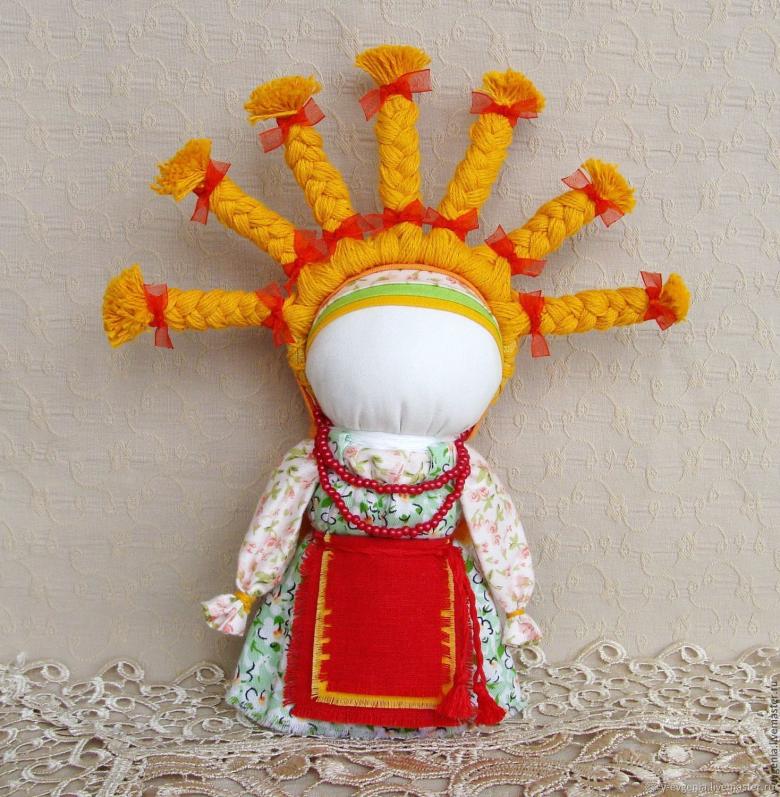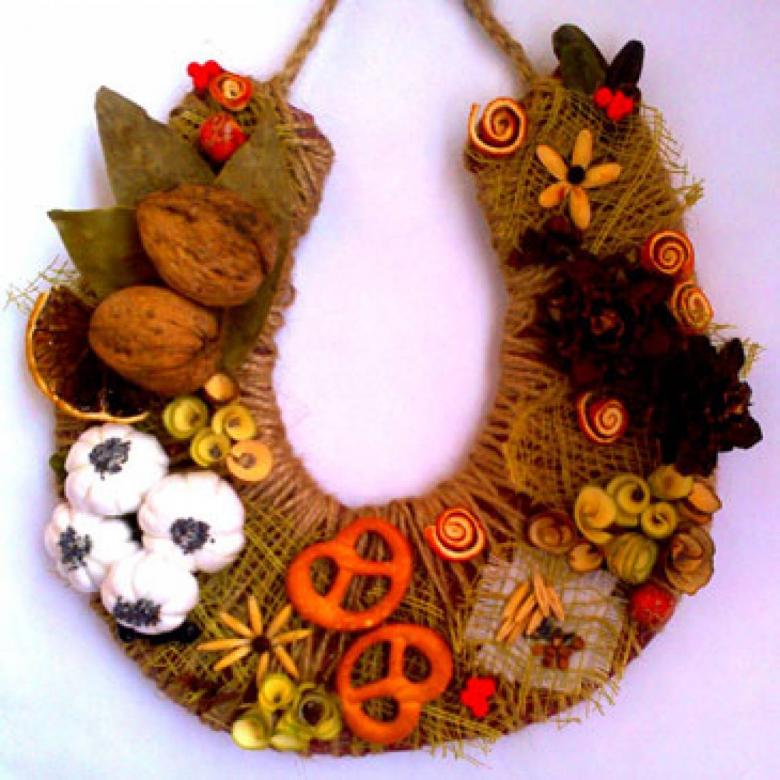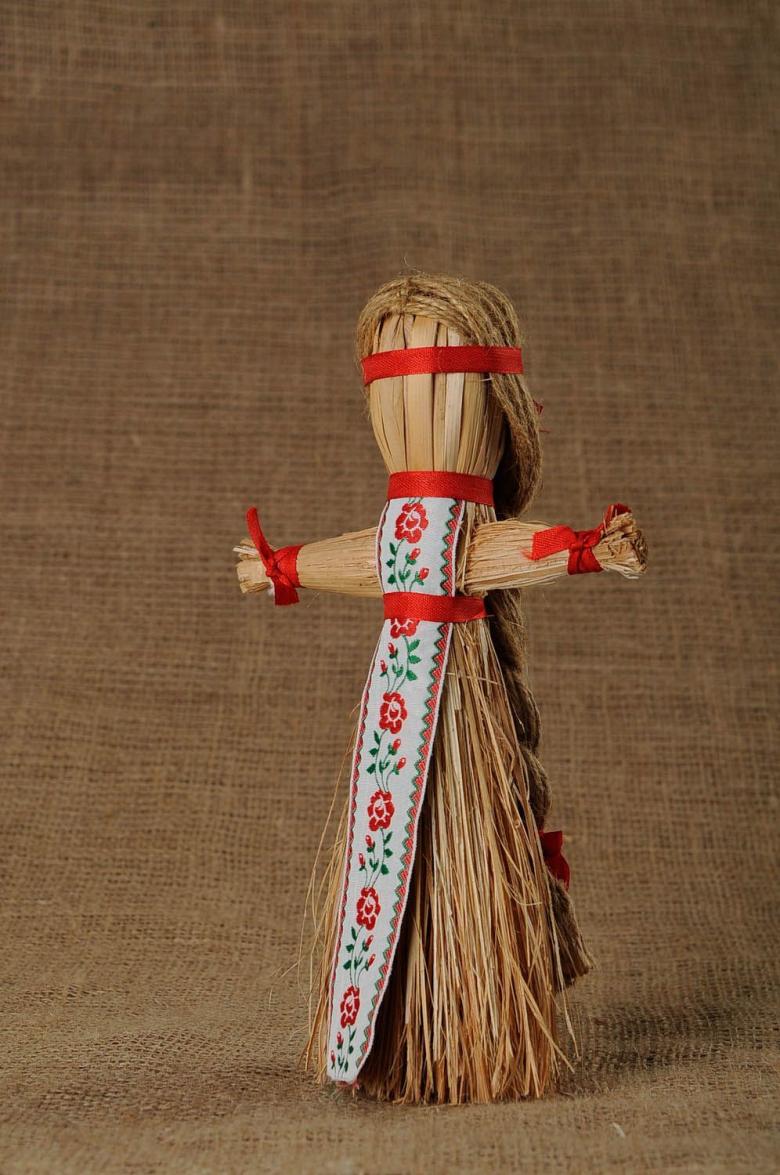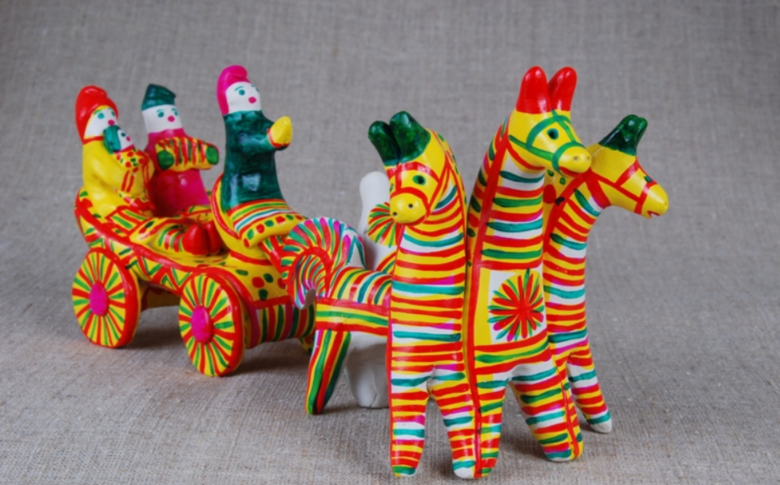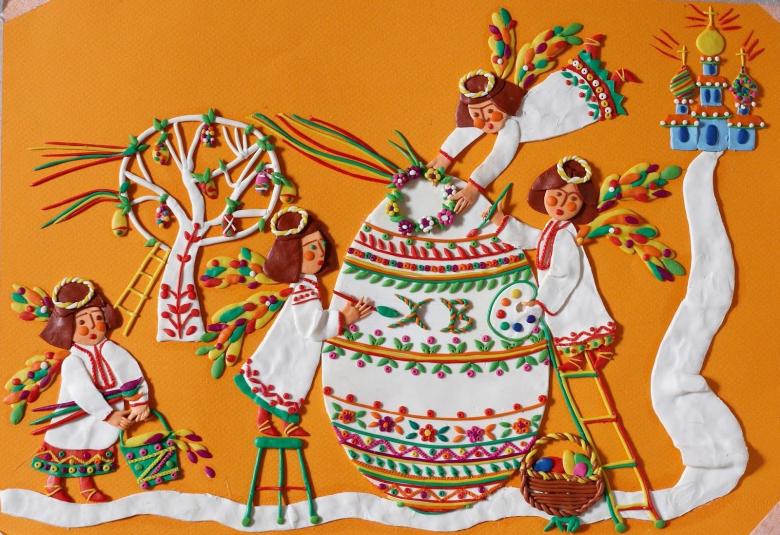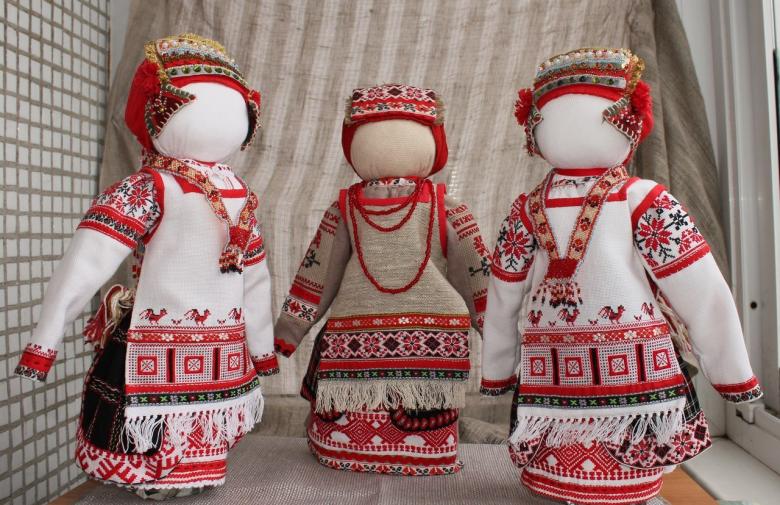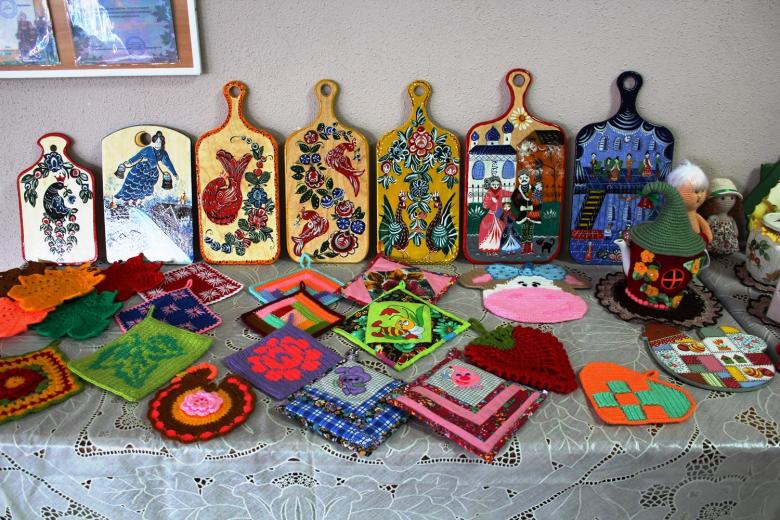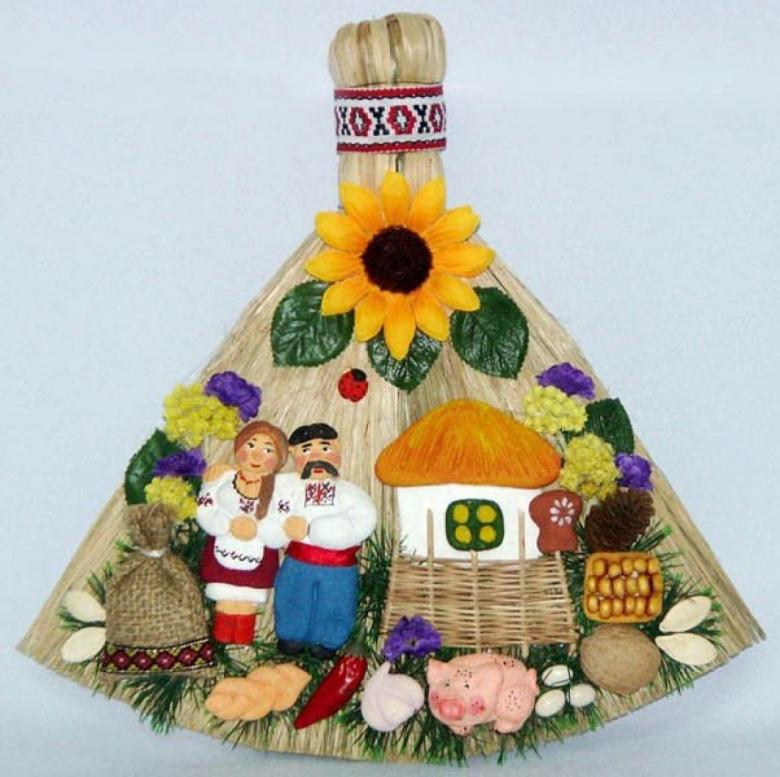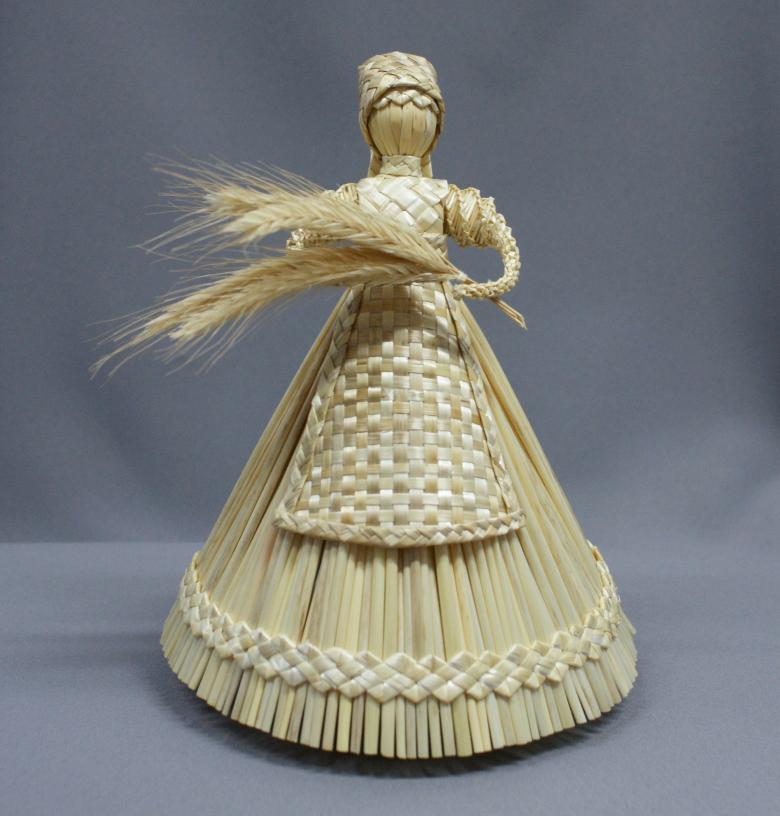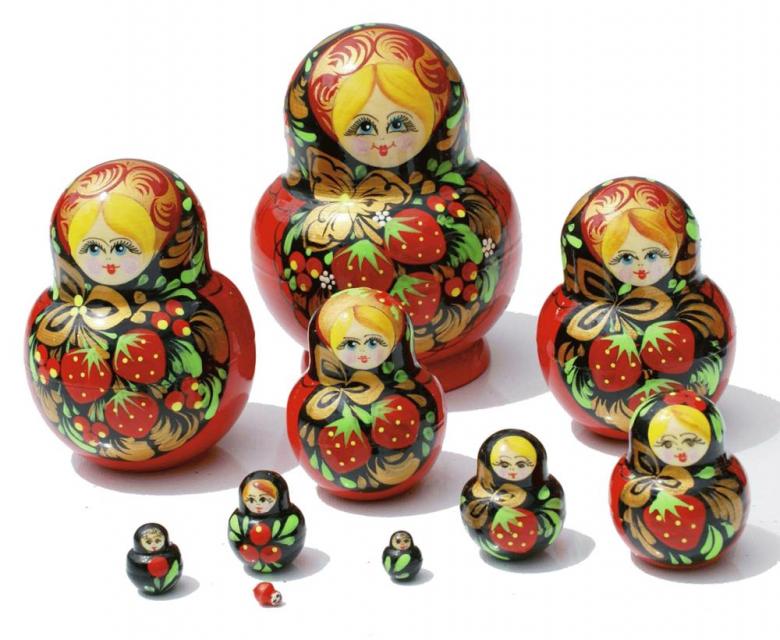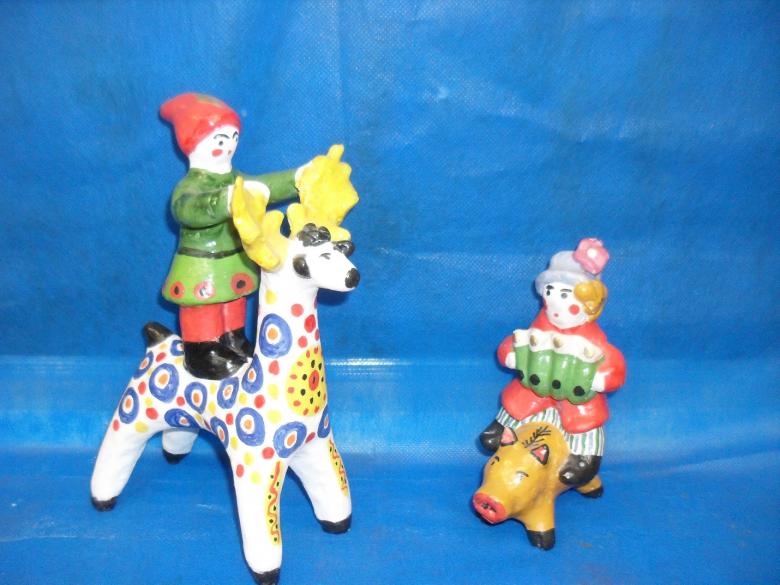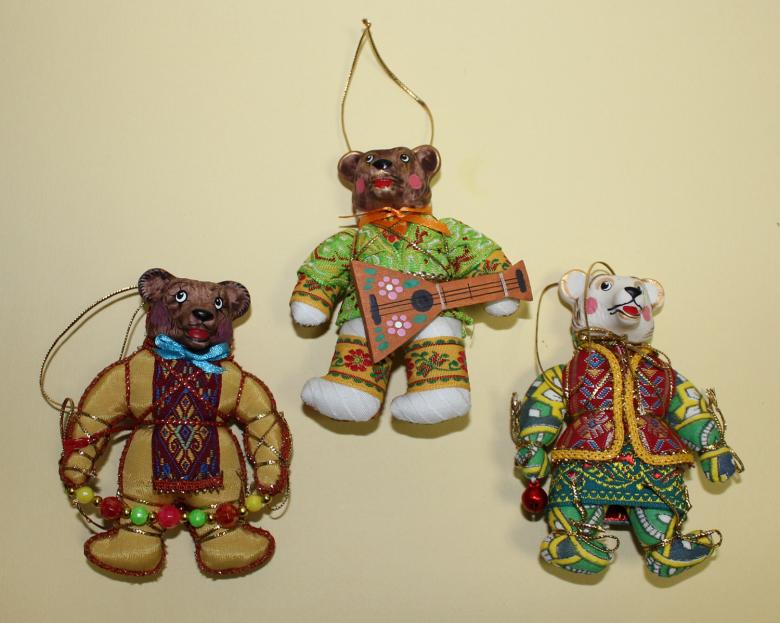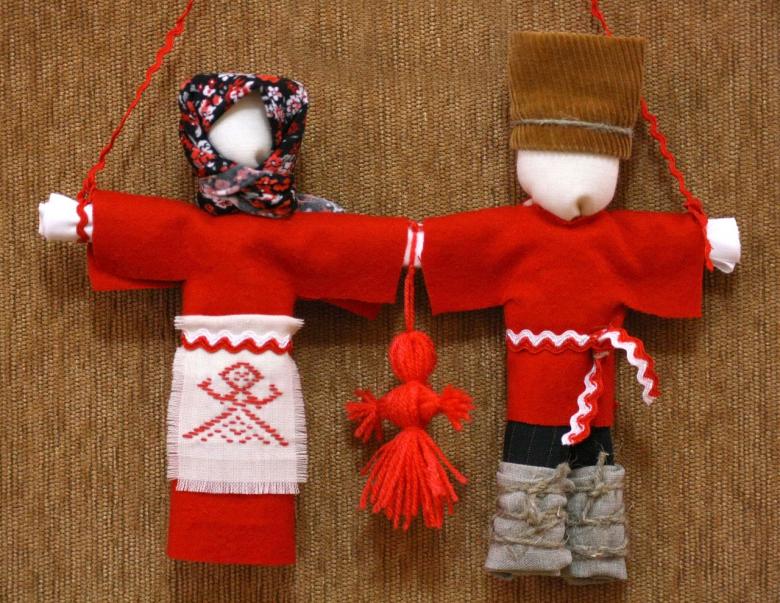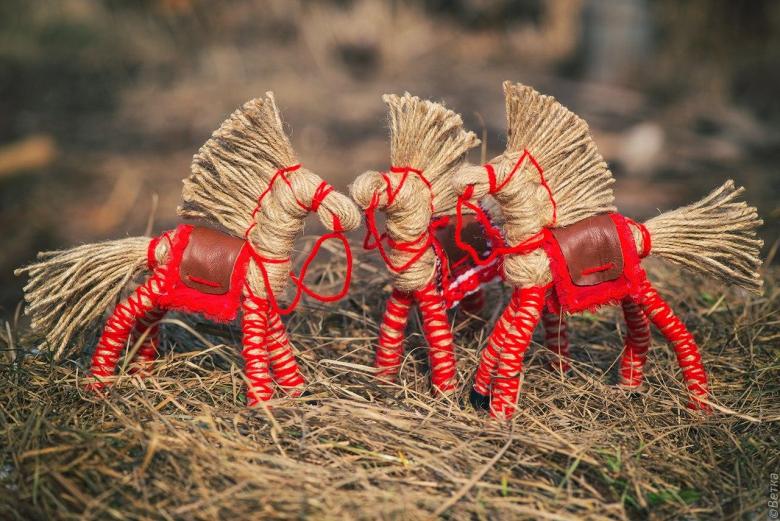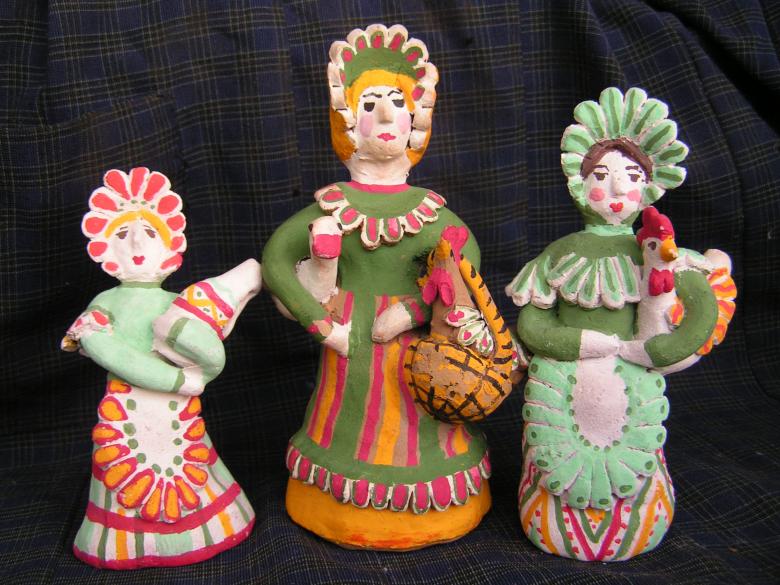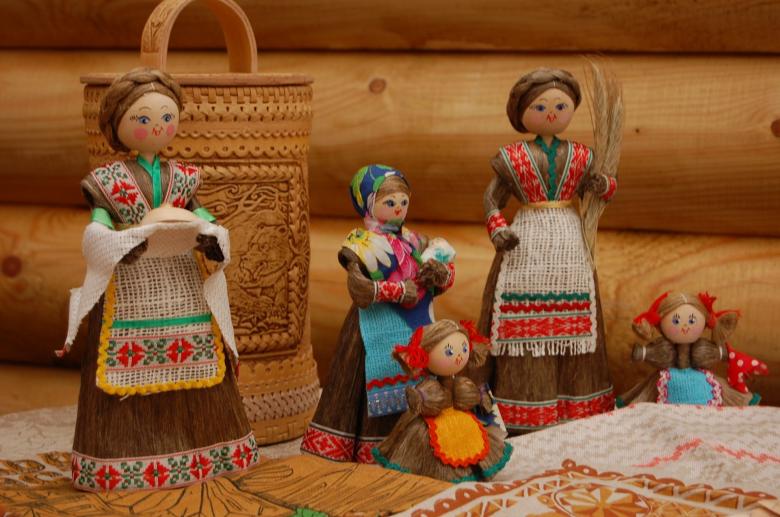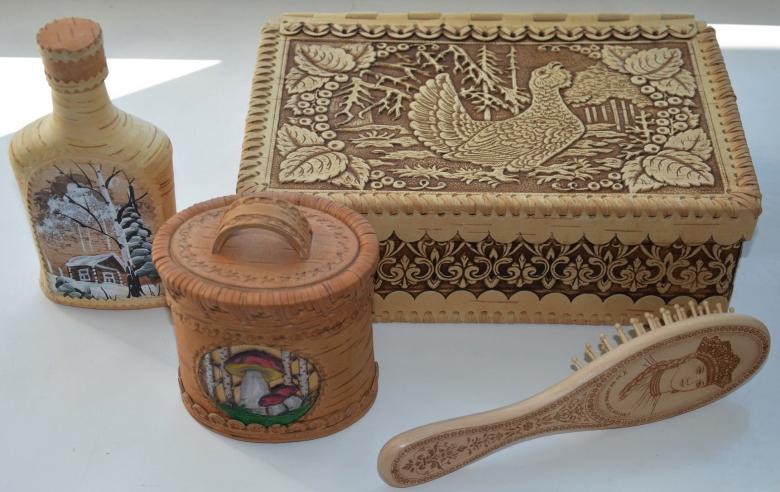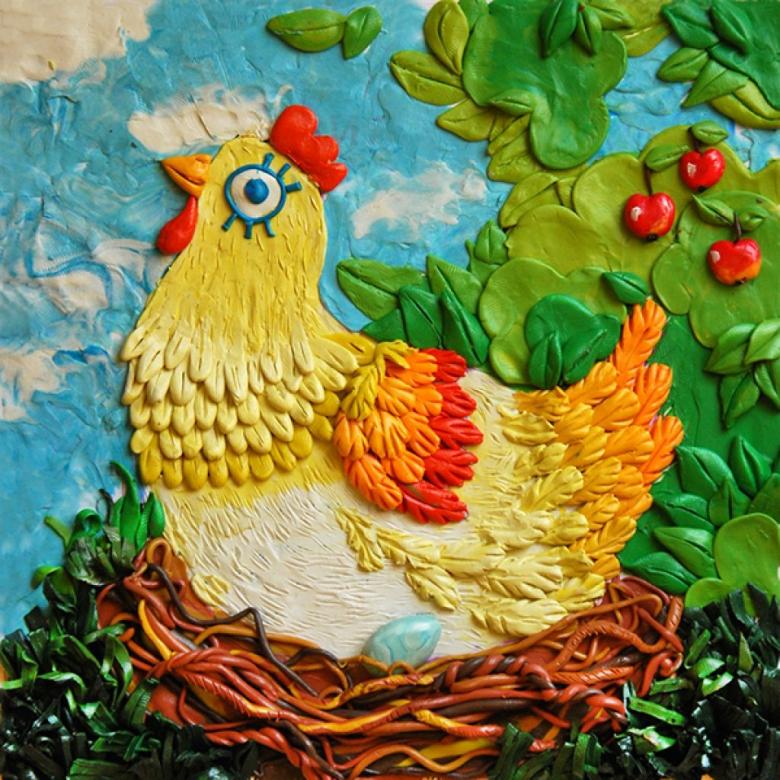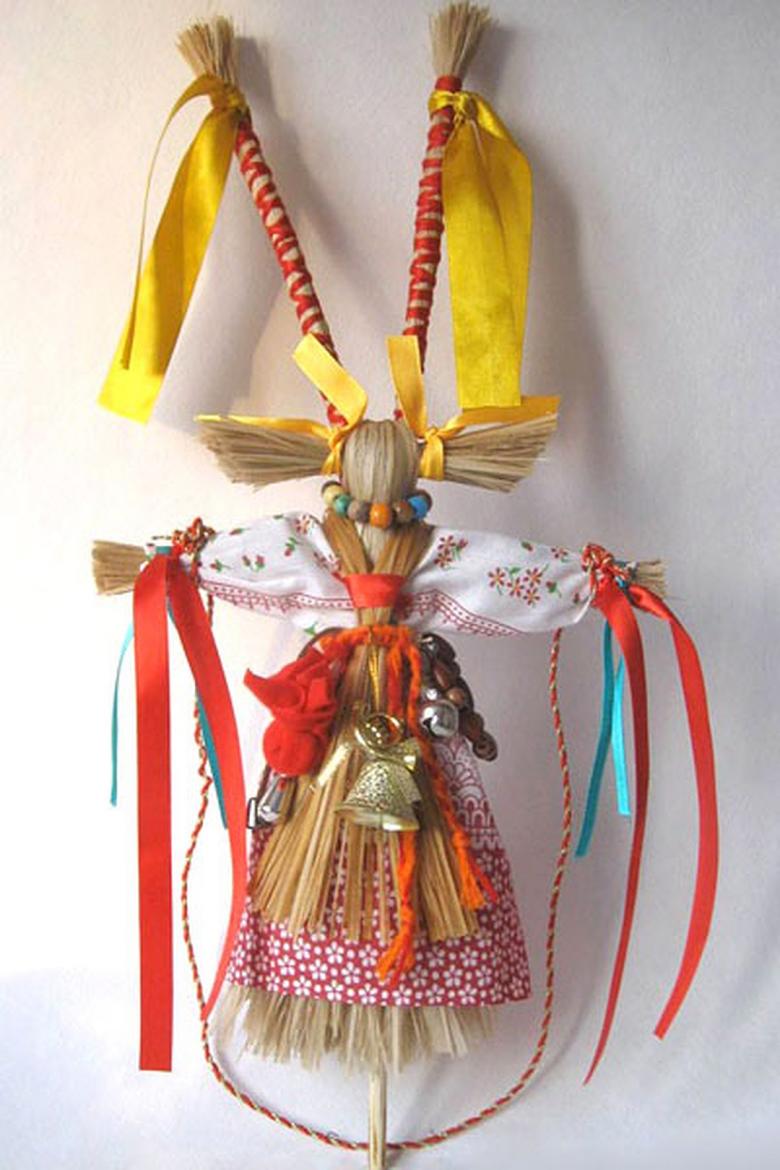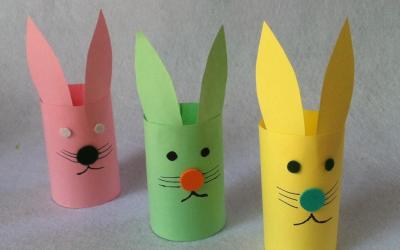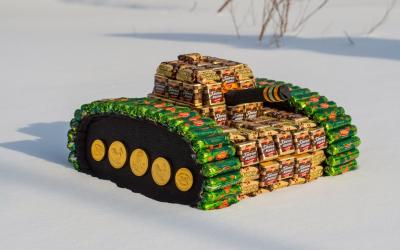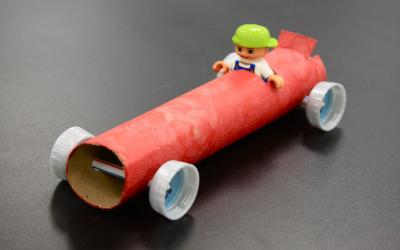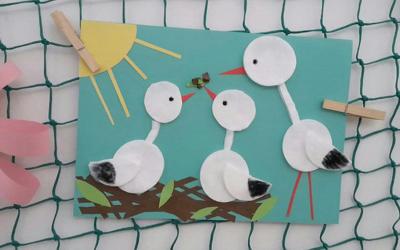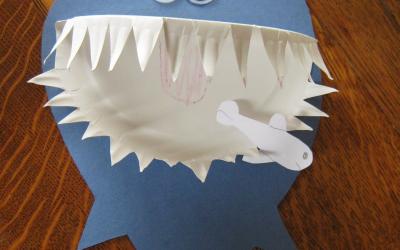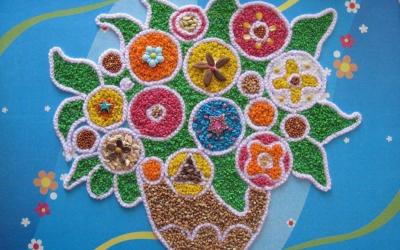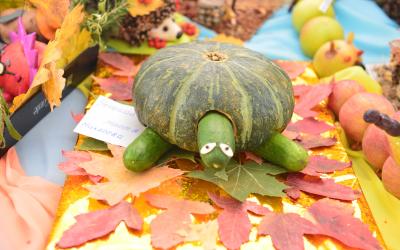Russian folk handicrafts - master classes on making wooden, straw and clay objects
Russia has always been famous for craftsmen. Every village had tailors, potters, blacksmiths, chebotarians, cabinetmakers. Craft skills in families were handed down over generations, improved and perfected. Needlework was an indispensable part of the education of girls.
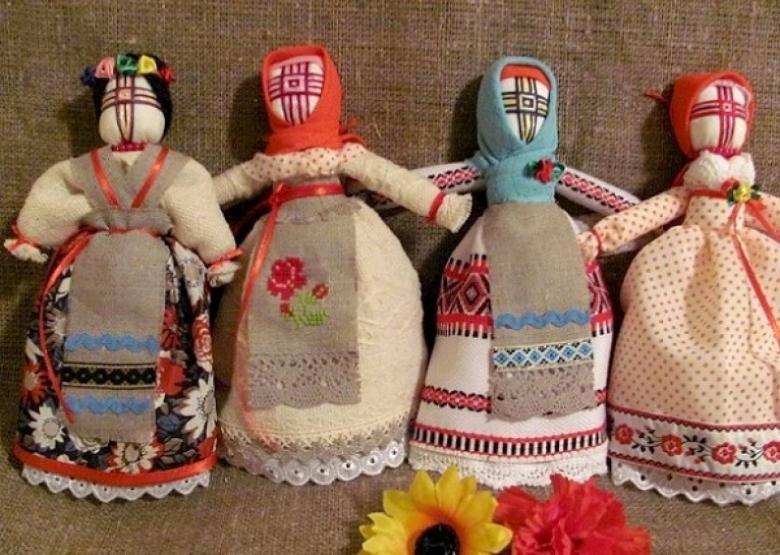
From an early age, future housewives were taught the skills of sewing and knitting. History, culture, traditions and customs were embodied by folk craftsmen in handicrafts. Handmade things preserve the greatness and identity of the Russian people, aspirations and dreams.
Folk arts and crafts
Since ancient times, people have sought to express themselves and mastered the various forms of creativity. Since the invention of the needle in the 11th century, embroidery appeared. Embroideries decorated clothing and household items. This ancient art is popular to this day. Masters create paintings, where all the colors are created not by paints, as in painting, and threads.
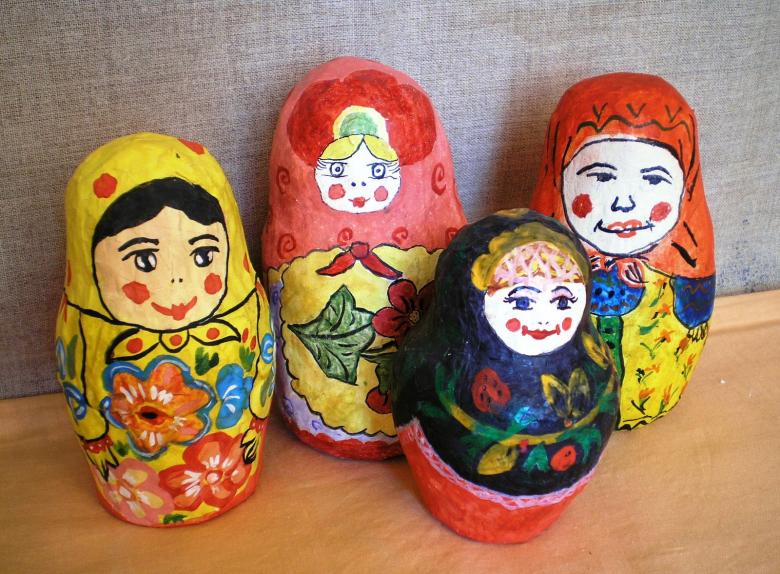
Folk architecture was popular in Russia. Wood carving crowned the platbands of houses and fences. Houses in such a frame looked like a fairy-tale teremok. Artisans carved matreshkas, figurines of birds and fairytale characters, made whistles, pipes and kitchen utensils from the soft and malleable linden.
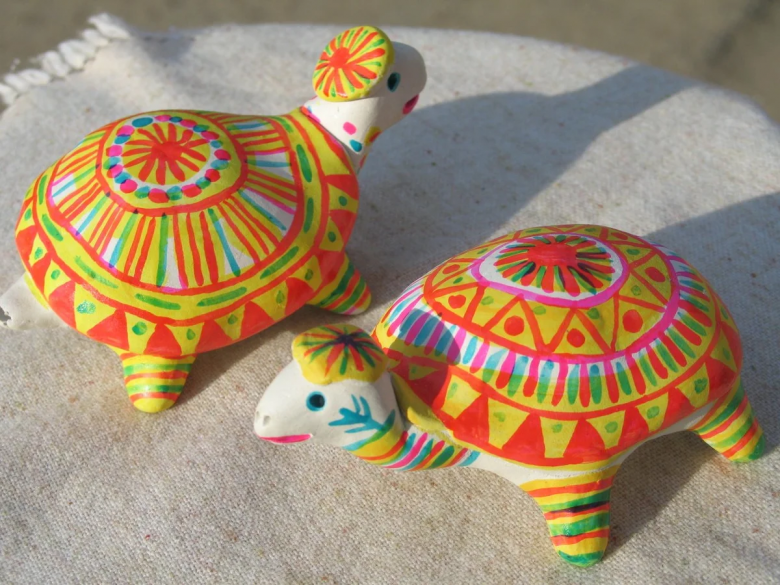
Wooden spoons were popular. Before the advent of aluminum cutlery, wooden items were the most popular items in the Russian kitchen.

Willow was used to make baskets and boxes, and bast was used to weave noodles. Now these shoes are a souvenir product, but in the old days they were a necessary item of the "closet" of every peasant. And what only craftsmen did not create from birch bark!
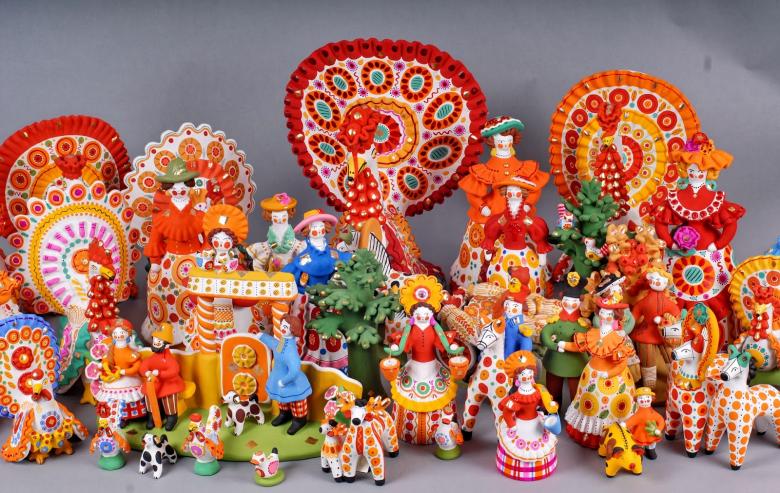
From this natural material was made all containers for loose products: sachets, saltcellars, sugar bowls. Butter, cheese, bread and even milk and drinks were kept in birch bark boxes.
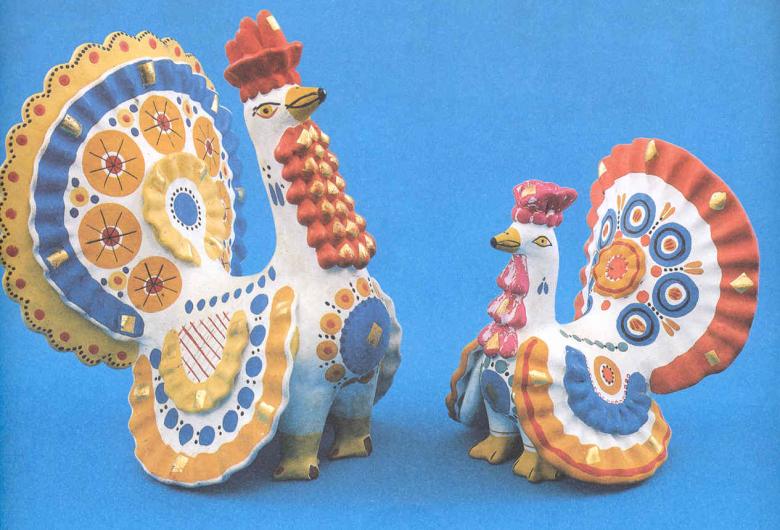
Amulet dolls
Popular folk crafts in Russia were rag dolls, amulets. These are traditional Slavic handicrafts, which have certain symbolism. Each doll has its own purpose:
- "For happiness", - this is a female talisman
- "Family", - an assistant in creating a family and a keeper for an already created one
- "Krupenichka", - symbol of prosperity
- "Mistress of wishes", - helper in the realization of plans
- "Herbalist", - protects the house and creates comfort.
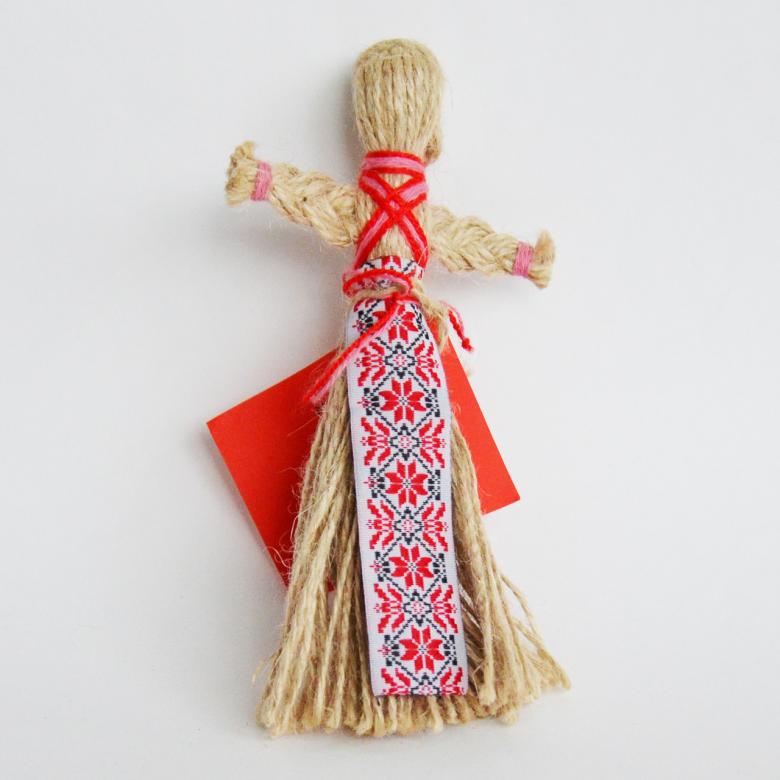
Other names of dolls are also known: "Vesnyanka", "Uteshnitsa", "Peleneshka" and others. The dolls were dressed up, but the face was not depicted. According to beliefs, a faceless, inanimate doll was thought to be inaccessible to evil forces and spirits.
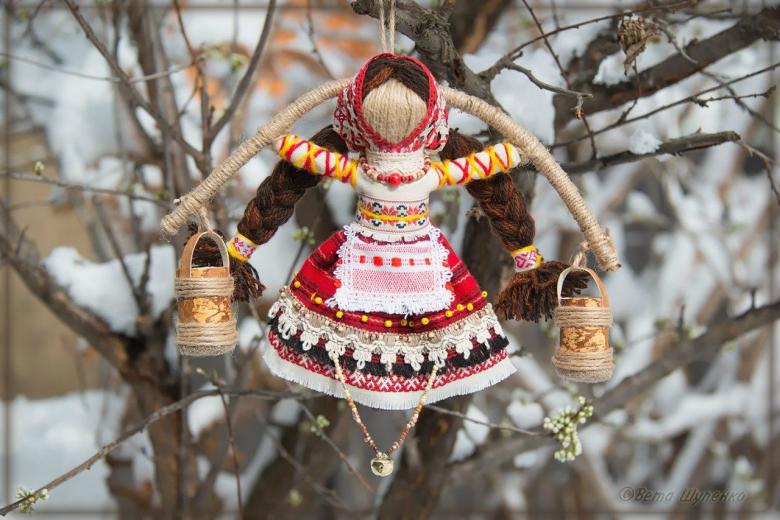
The handicrafts were made of scraps of old clothes, they believed that worn clothes kept human warmth and warded off misfortune. The dolls had a simple design, but they necessarily had the outlines of a female figure and a long plait.

Rag dolls were analogous to ritual figures associated with prosperity, fertility, peace and harmony at home, honoring motherhood. The child was aware of the importance of the mother and her role in giving life from an early age.
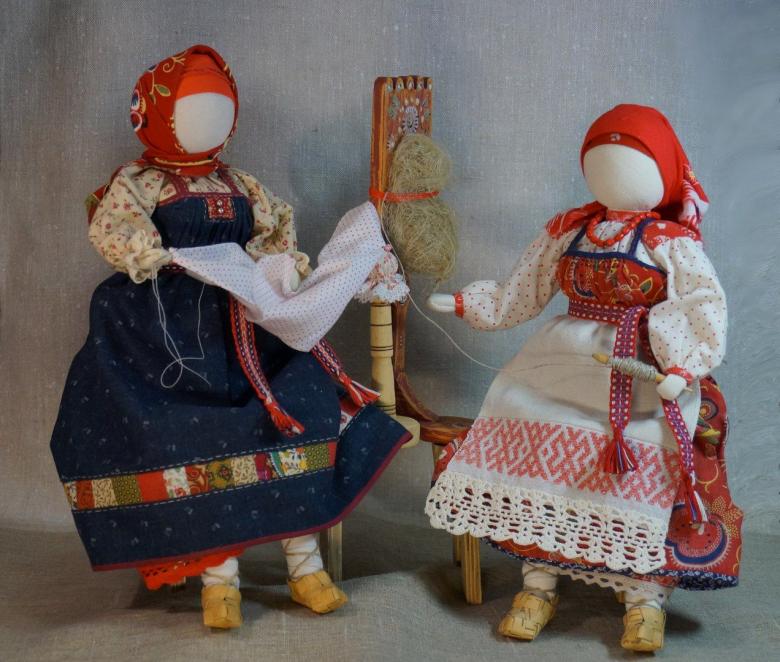
The head of the toy was stuffed with wheat, straw, rags. Dress, aprons and handkerchiefs were different colors. Clothes were decorated with lace, embroidery. In the image of the doll reflected the character, occupation. Toys-charms brought good luck, cured illnesses, comforted babies. Now these nice souvenirs immerse people in the mysterious world of their ancestors, the identity of their culture.
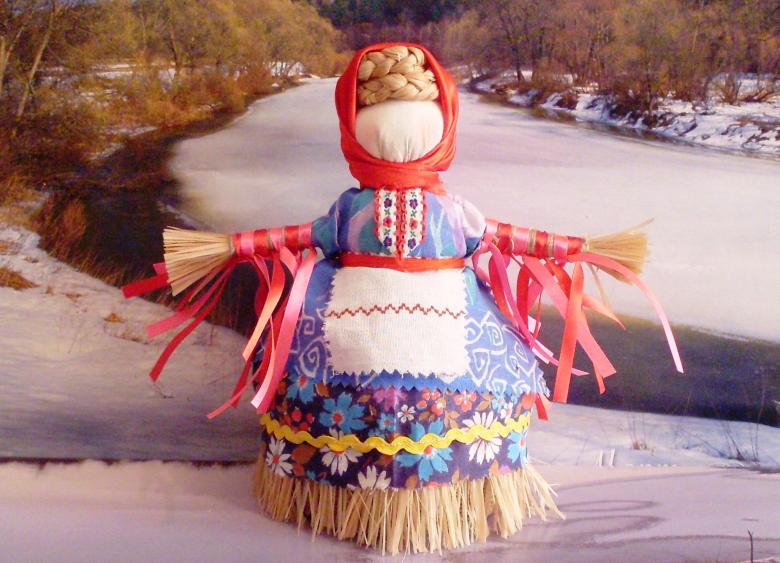
Clay handicrafts
Potters in the old days were revered people. They made household utensils, crockery, and made toys out of clay remnants. Clay was mined near the village. Plastic greasy clay without impurities in the ground between the layers of black earth and sand. It was soaked in a wooden trough, diluted with boiling water, stirred and placed on a small layer of ash.
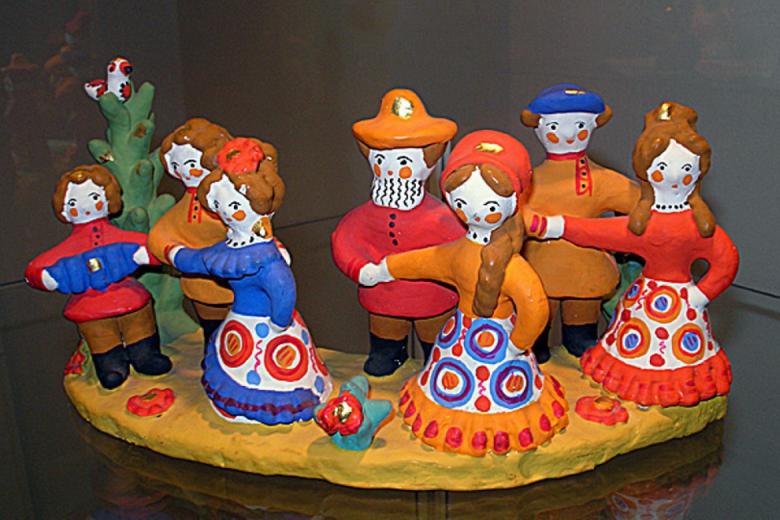
It was kneaded to a homogeneous consistency. From the clay mass they created surrounding images: pets, peasant women, birds and animals. Bears with a barrel of honey became a symbol of goodness, birds brought happiness to the house, and horses symbolized a rich harvest.

The figurines were burned in a Russian stove, where dry wood created coals at a temperature of 600 - 700 degrees.
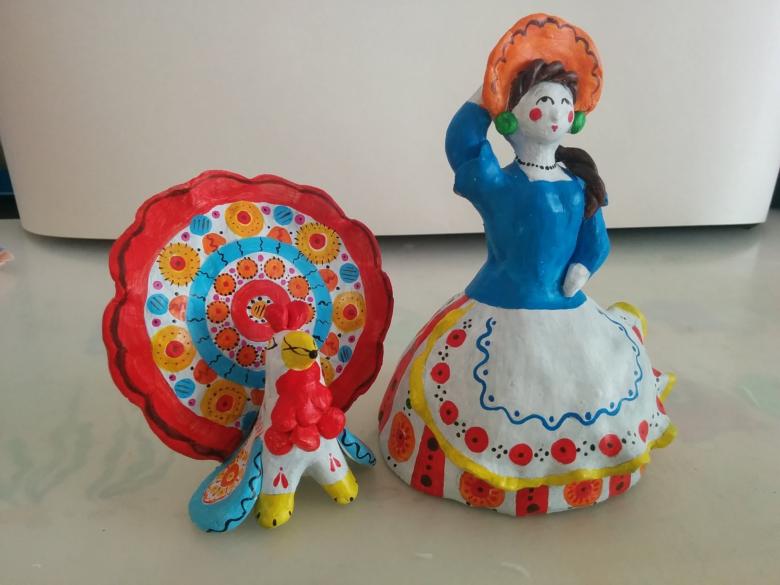
In the morning, they would take the figures out of the cooled stove and dip them into the lime solution. After drying, they painted the handicrafts with natural products - paint from decoction of onion husks, soot from the chimney, beet juice. Experienced craftsmen could feel the clay, its structure. In each molded toy felt the hand and soul of the master.
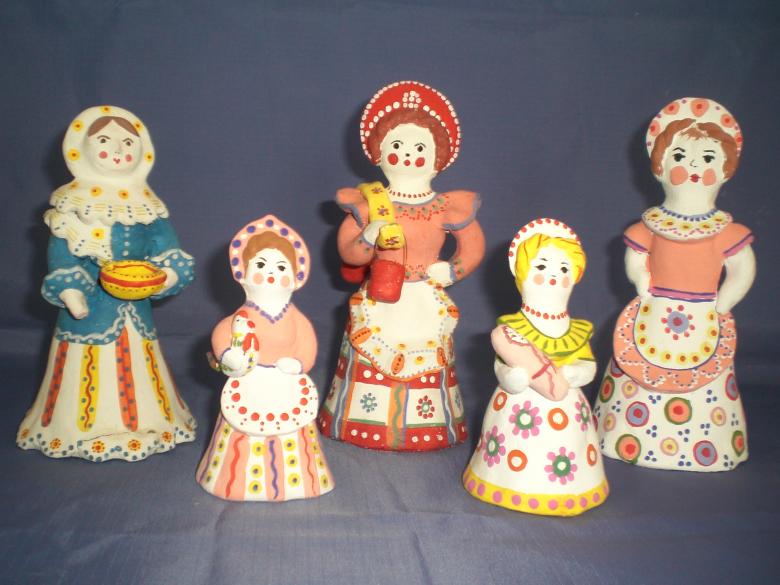
Straw masterpieces
Straw is the stems of cereals. The basis of the toy for peasant children was a bundle of straw folded in half and tied with a flagellum. Fan-shaped straws resembled a sarafan. Such were the first straw creations.

Over time, this type of art improved, there were ideas not only of human form, but all sorts of animals, golden-horse, deer.
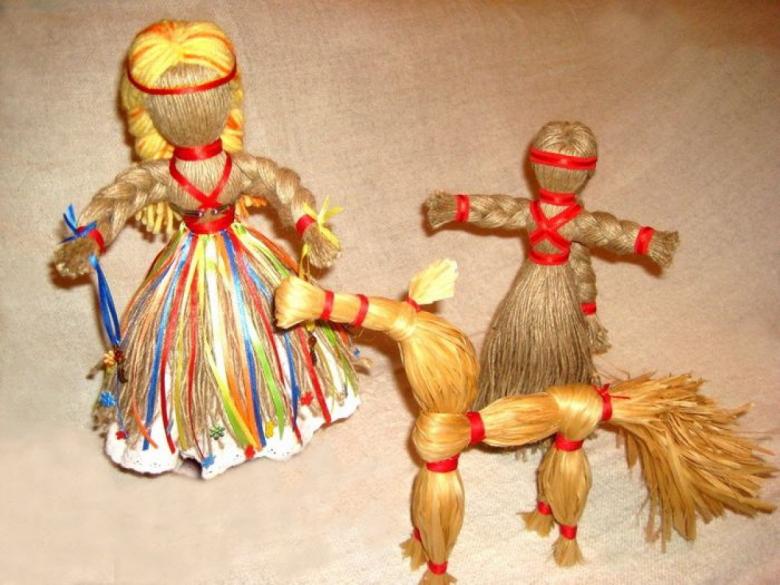
Skillful weaving and artistic taste, imagination and ingenuity of talented people led to the creation of wonderful plates, caskets, chests, hoops, bracelets and many other original souvenirs.
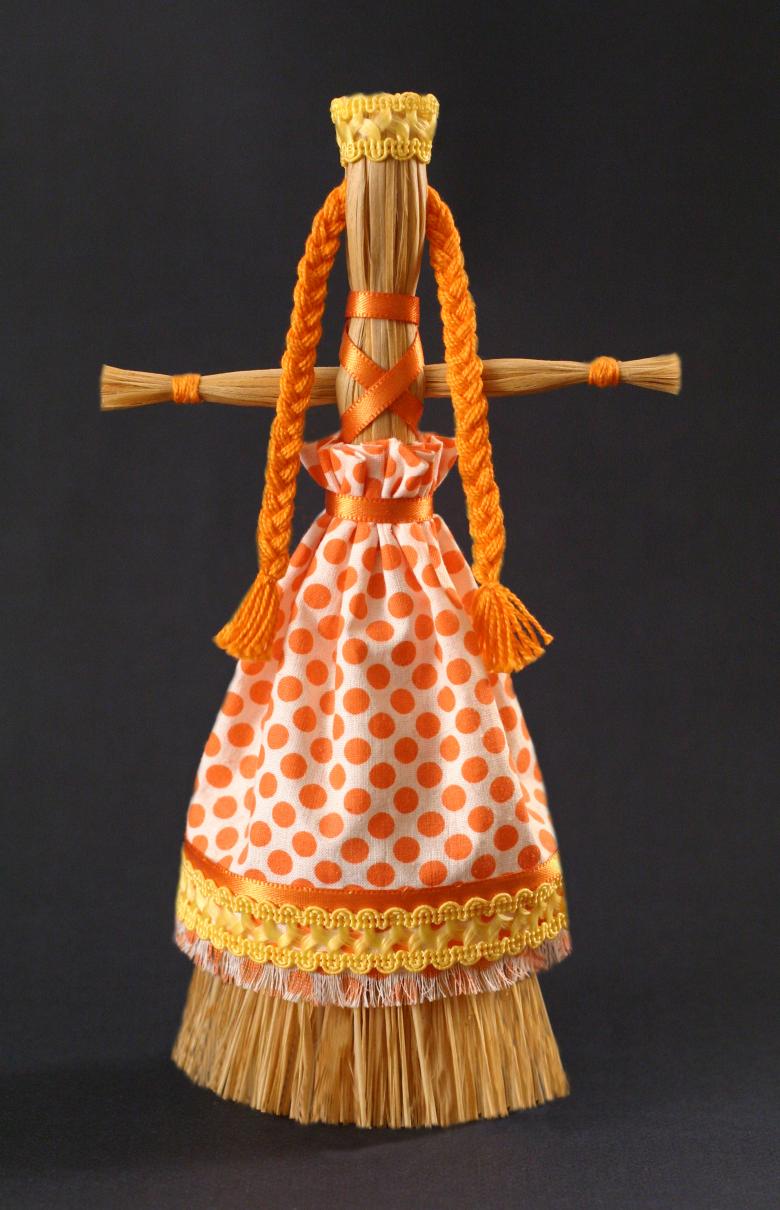
Handicrafts made of sun-drenched material, imbued with Mother Earth and the warmth of human hands, creating a certain style of fashionable interior.
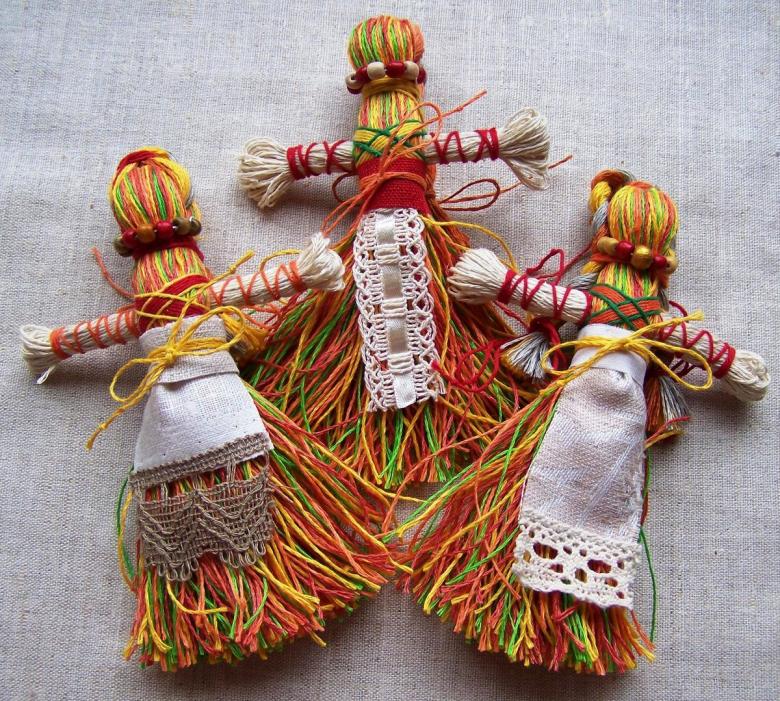
Toys made of wood
Stories from the surrounding life became a theme for the creation of wooden crafts. In the villages, children played with dolls made with an axe. With the advent of the planer and other woodworking tools, toys began to transform and improve.

Chumblies, which are now made of plastic, first appeared in the 19th century. At that time they were made of wood. They were painted to look like merchants, clowns and funny fat girls. Two halves were cut out of linden with a knife, and a weight was attached inside the round block. Both parts were glued, painted, dried and varnished. This traditional Russian toy was the first toy for many generations of children.
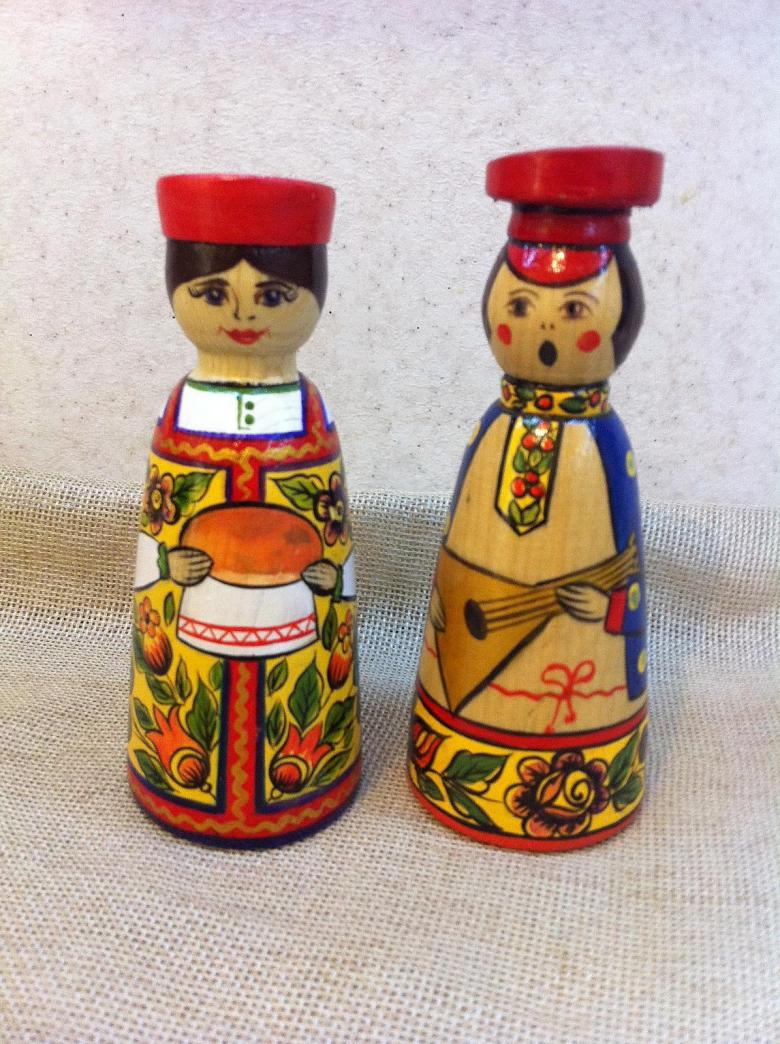
Old folk traditions are being revived again. Russian art, dormant in grandmother's chests, is becoming more popular every year. It arouses admiration among foreigners and pride among descendants. Now there are many sites on the Internet, where the master classes detailed shows and tells how to make your own folk crafts.

